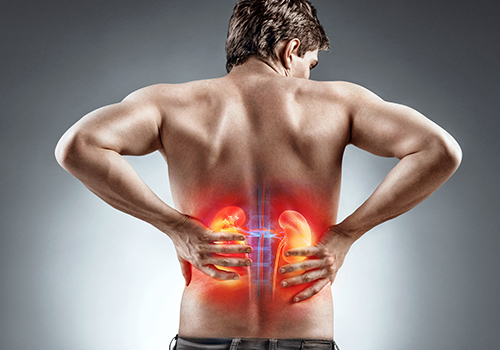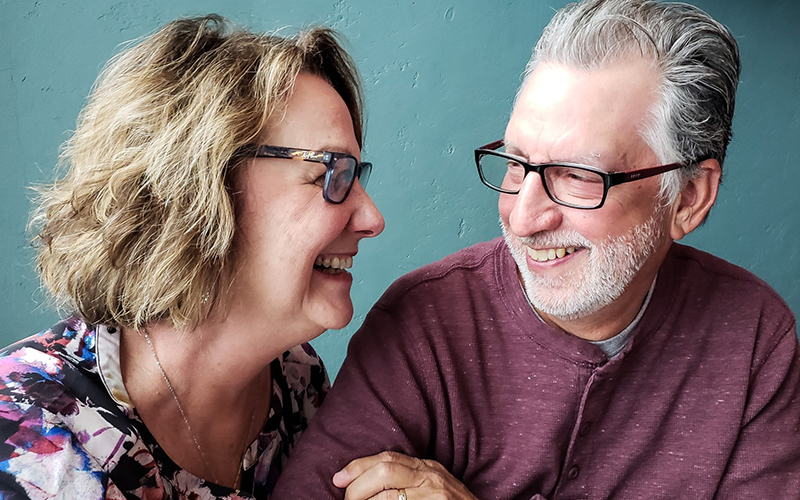Kidney stones are quite common and can be associated with severe pain, nausea and vomiting.
It is estimated that 11% of men and 7% of women will experience a symptomatic kidney stone episode at some point in their lives. Prior to an episode, stones are often ‘silent’ and not associated with any symptoms whatsoever. However, stones of any size can cause severe problems such as pain, nausea and fever or chills when they obstruct urine flow from the kidney. Large stones may cause a variety of other problems including chronic infections, visible blood in the urine and even long term damage to the kidney. The providers at AAUrology have vast experience in diagnosing, treating and kidney stone prevention.
Fortunately, most stones can be treated with minimally invasive alternatives. At AAUrology, we have surgeons with special training in kidney stone treatment who can provide optimal care to get you ‘stone free’ and a follow-up care program designed to keep you that way.
 Kidney stones are crystals that form in the urinary tract. Usually found in the kidney itself, stones can also form in the bladder as well. About 70% of the time, they are formed from a substance called calcium oxalate. They can also be made from uric acid, calcium phosphate, or cystine.
Kidney stones are crystals that form in the urinary tract. Usually found in the kidney itself, stones can also form in the bladder as well. About 70% of the time, they are formed from a substance called calcium oxalate. They can also be made from uric acid, calcium phosphate, or cystine. Kidney stones have been called the “great mimicker” due to their ability to manifest pain and symptoms in a variety of ways. Commonly they can cause an intense pain in the flank, between the edge of the rib cage and the spine. Many female patients have described the pain as worse than childbirth. They can be accompanied by nausea, vomiting, or blood in the urine. However, they can also lead to lower abdominal pain, urinary frequency, bladder pain, penile pain, testicular pain, etc.
Kidney stones have been called the “great mimicker” due to their ability to manifest pain and symptoms in a variety of ways. Commonly they can cause an intense pain in the flank, between the edge of the rib cage and the spine. Many female patients have described the pain as worse than childbirth. They can be accompanied by nausea, vomiting, or blood in the urine. However, they can also lead to lower abdominal pain, urinary frequency, bladder pain, penile pain, testicular pain, etc.
